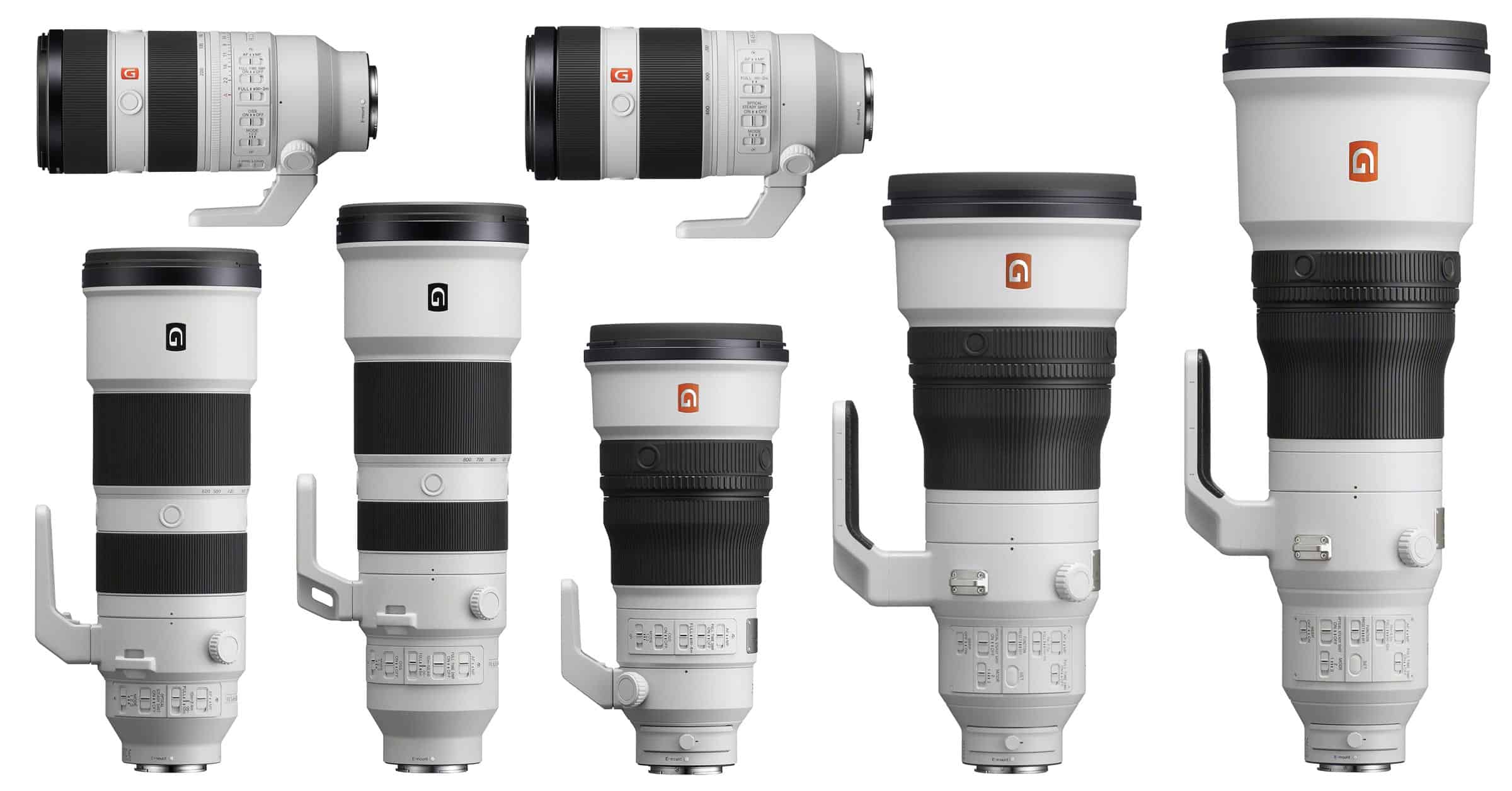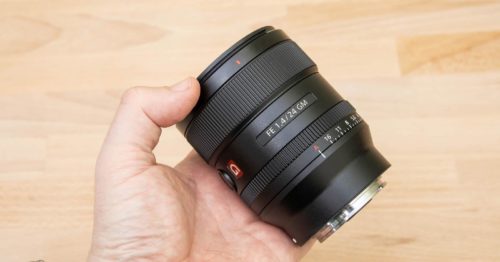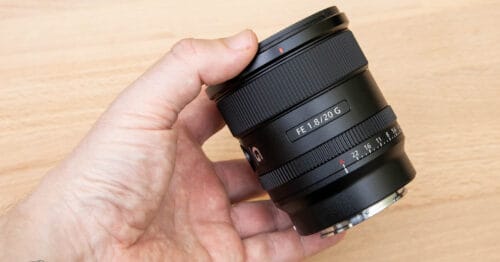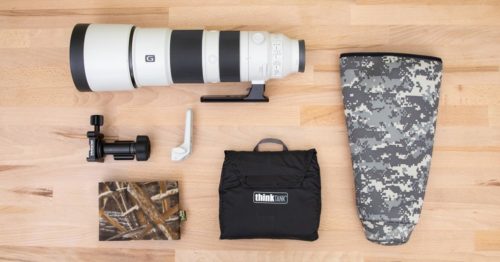Table of Contents
Sony a7III Battery Life
The Sony a7III is one of the most successful full-frame mirrorless cameras ever. When purchased new, the camera comes with a Sony NP-FZ100 Lithium-Ion Rechargeable Battery. This official Sony battery has a capacity of 2280mAh, which should deliver, according to CIPA ratings, up to 710 shots on a single charge when using the LCD screen and 610 shots when using the EVF.
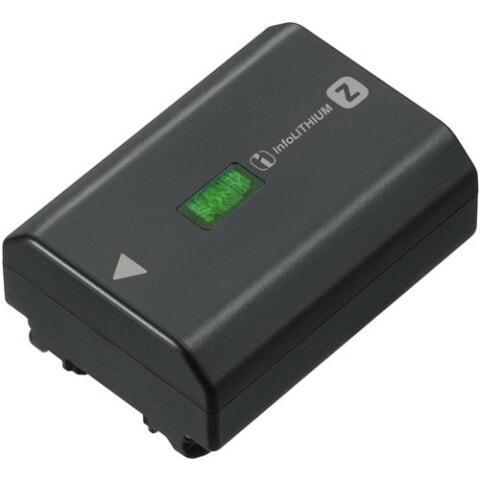
It should be noted that CIPA battery ratings are helpful for proportionally comparing the battery life of one camera to another but are less accurate at gauging the number of images you are likely to capture on a single charge. In my experience, I always get a considerably larger number of photos from my Sony a7 III on a single charge, mainly when using a burst-shooting mode that rapidly captures pictures in quick succession. It would not be unusual for me to get over 1700 shots on a single charge, especially if I’m being efficient with the power usage by turning the camera off between shooting instead of simply letting it run to the point of auto-shutdown.
For video shooting, you should expect to get much longer recording times if you are shooting longer takes. Starting and stopping recording while turning the camera on and off will shorten the length of video you can capture on one charge. Of course, if that’s how you have to shoot, that’s how it is. I’m not advocating rolling the shot endlessly to capture things you don’t need in between!
This battery capacity is a considerable improvement over the poor performance of Sony’s previous camera, the a7 II. The a7 II used the much smaller capacity Sony NP-FW50 battery, which only had a capacity of 1020mAh and delivered just 340 shots using the LCD and 270 using the EVF. If you’re trying to choose between the a7 II and a7 III, the improved battery life of the latter is one of the most significant differentiating factors.
Counterfeit a7III Batteries
Sony has previously issued a warning about counterfeit Sony a7III batteries. If you bought your camera brand new, this won’t be an issue. But if you have bought it second-hand, it’s worth taking the time to check your batteries to make sure they are not simply a third-party battery in disguise.
Third-Party Batteries for the a7 III
Any a7 III running firmware 2.0 or later will show an on-screen warning when you insert a 3rd party battery. It will say, “The operation and safety of this battery cannot be guaranteed. Continue use?” If you select continue, you can use the camera as usual, but you will not get any indication of the charge level. At first, it seems like you do get the charge level because the symbol is on the screen, but in reality, it just shows the battery as full all the time. Useless!
Note: If you receive this warning on the screen even when using your original NP-FZ100 battery, it’s a sure sign that you have a counterfeit!
Although third-party batteries can save you a lot of money, the annoyance of not having any battery life indicator makes this a non-starter for most people. When you use the original NP-FZ100 battery, you get battery life as a percentage out of 100, making it easy to plan your battery changes and charges throughout a shoot or a trip.
If you still want to try using a third-party battery, I have successfully used the Wasabi and RAV Power equivalents. But I will underline that I was testing out of curiosity and would never jeopardize the success of a shoot trying to save a few bucks on batteries. For me, as a professional, it’s just not worth it. Your mileage may vary if you are a hobbyist on a budget.
Sony a7 III Battery Charger and Charge Times
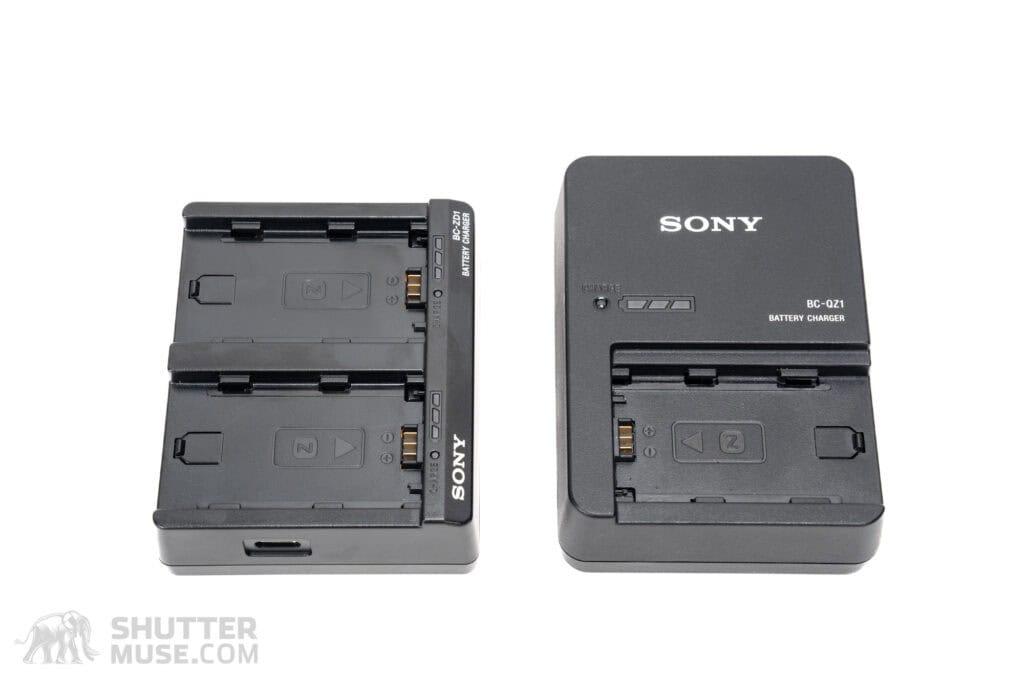
The Sony a7 III comes with a USB power supply and a micro-USB cable to charge the battery in the camera. While this is a handy backup charging method, it takes a ridiculously long time to charge in this manner—approximately 4.5 hours (270 minutes). I recommend buying one of Sony’s proper battery chargers to significantly speed things up. In this regard, you have two options.
For many years, the mains-powered BC-QZ1 was the only option. Sony says it takes 150 minutes to charge the a7 III battery to full in this charger. My testing has shown it to be closer to 125 minutes and just 90 minutes to get to 90%. The second option is the USB-C-powered BC-ZD1 dual-battery charger. This costs around $20 more than the older mains-powered charger but is more solidly built and can charge two batteries to full in around 155 minutes, making it a much better option for most people. My review of the Sony BC-ZD1 USB-C charger includes more charge time tests and comparisons.
The charge time is related to the capacity of the battery. As we already know, the NP-FZ100 is a 2280mAh battery. If you are using this charger with a third-party battery battery that is physically equivalent to the Sony version, it might have a higher or lower capacity, which would affect the charging time.
Charging Your a7 III Batteries With USB Battery Banks

USB chargers and USB battery banks are everywhere these days, so it can be useful to charge your a7 III batteries using USB. With this camera, you have a couple of different options for charging the battery with USB, and it’s very important to understand both of them if you are to maximize your charge times.
- You can charge the battery while it is in the camera using the USB-C or micro-USB port. The ports do not support USB Power Delivery and pull charge at a paltry 1.5A at 5V when the camera is powered off. Charging the battery this way is convenient because you only need a USB cable and a small USB power adapter, but it will take roughly 270-285 min! When the camera is turned on, for example, trying to charge over USB while shooting video, the camera pulls in even less power. You will have a power deficit, and the camera will eventually run out of power.
- The second option is much better. Use the Sony BC-ZD1 dual-battery charger. Instead of 285 minutes to charge one battery, it’ll charge two in 155 minutes!
Sony a7 III Battery Grip

The optional battery grip for the Sony a7III is the VG-C3EM Battery Grip. When installing this battery grip onto your camera, you will double the battery life, taking up to 1420 shots by the CIPA numbers. The VG-C3EM duplicates the shutter button, AF-ON button, front and rear dials, 4-way AF point controller, AEL button, and the two custom buttons C1 and C2.
When you customize your Sony a7III using our extensive guide, the custom key settings from the camera will be carried over to the custom keys on the battery grip. This gives you the same shooting experience whether you are shooting horizontally and using the buttons on the a7 III or shooting in a vertical orientation and using the buttons on the battery grip.
Do You Need a Battery Grip for Your a7 III?

Although the VG-C3EM battery grip is an exceptionally well-built accessory for your a7 III, not everyone should buy one. One of the main benefits of the Sony mirrorless system is the small size of the cameras, and much of that is lost when you use the battery grip.
You need to consider two things when deciding whether to put a battery grip on your a7 III. Firstly, would it be much of a problem to swap batteries in the camera body? While the battery grip does give you more battery life, there is no magic going on here. The grip uses two batteries, so, of course, it doubles the battery life. The key consideration is that it doubles the time between changing batteries.
You can easily forgo a battery grip and carry a spare battery in your camera bag, but is there any potential for missing a shot while you change that battery? That is where the benefit of the battery grip kicks in. For this reason, I usually recommend that sports and wildlife photographers use a battery grip. Those are two types of photography where you cannot afford to miss a shot while rummaging around to change a battery.
The second consideration is how often you shoot photos in portrait orientation and whether or not you are using a tripod when you do so. The key here is that it is much more comfortable to hold the camera vertically when you use a battery grip. If you’re a landscape photographer who often gravitates towards vertical images but usually shoots them from a tripod, it doesn’t matter whether you have a battery grip.
But suppose you are a portrait photographer who shoots many vertical images. In that case, it is definitely worth considering the battery grip, even if the battery life benefits do not matter to you. I always buy a battery grip for my cameras, and I always install it for sports and wildlife photography. I lighten my load by removing the grip when I’m just throwing things into a backpack for a hike and some landscape images.


